 Facebook
Facebook
 X
X
 Instagram
Instagram
 TikTok
TikTok
 Youtube
Youtube
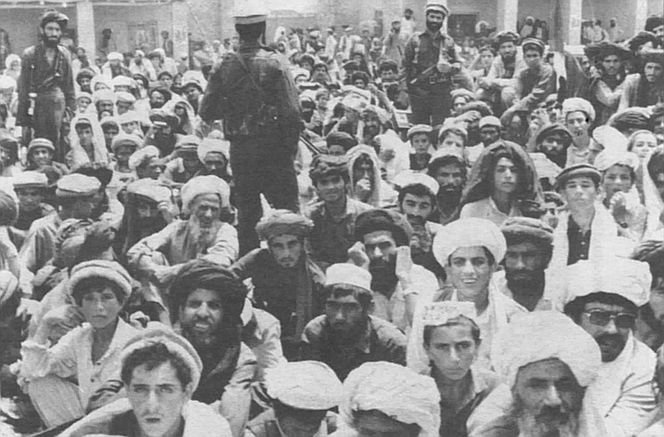
“One of the Russians said, ‘Treat these [Russians] and kill these [Afghans].’ The other doctor said, 'How can I do that?’ The Russian said, 'Like this!’ and he hit the doctor in the face with his rifle butt. And I saw what’s going on. I ran to my own closet, and I pulled out my pistol. I made a lunge; but when I came back, the soldiers had left. So I worked on the three Afghans.”
Bill Manson, Sept. 26, 1996 | Read full article

After the family returned to San Diego from their sojourn in Nebraska, they lived in Pacific Beach and Jim graduated from La Jolla High School. Jim says he presented himself as a Nebraskan, not an Okie, which he kept secret. He took journalism, wrote on the school paper, became a ’50s-era surfer and hot-rodder, driving a supercharged dragster. He even dated classmate Raquel Welch. “In essence,” he muses now, “I became a California Okie.”
Roxanne Dunbar-Ortiz, Jan. 15, 1998 | Read full article
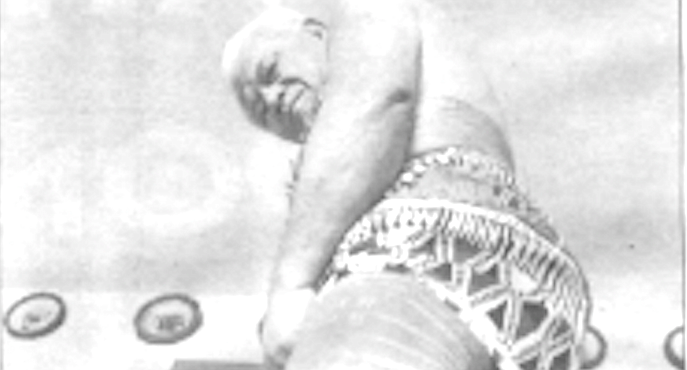
“When Christianity came to Samoa in the 1800s, the people had no choice about tattoos. If you have a tattoo, all the rights you have in the church, if you’re a deacon or a lay preacher, they are dropped. You can’t be a preacher anymore unless you reapply again. I’m a deacon elder for the whole California district of the Samoan Congregational Church. I was not dropped from my position, but they gave me a warning.”
Linda Nevin, Feb. 12, 1998 | Read full article
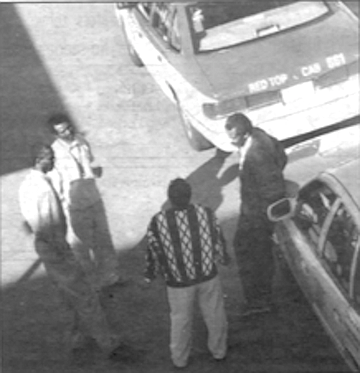
"Although I am an American, I don't feel safe. I fear for my life sometimes. I've received threats on my cell phone toward my community and myself. Our mosque has received threats, and people have thrown eggs at it. It was unfortunate what happened to Americans and to the whole nation. All Somalis living in San Diego feel very sorry about what happened on 9/11. It has touched every one of us. We have condolence for our people, “
Robert Kumpel, Nov. 22, 2001 | Read full article
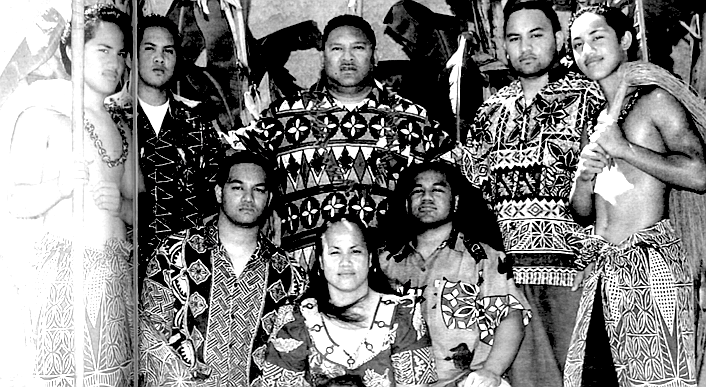
"The cultural tattoo starts from the chest, all the way down past the knees. If you really do it in the traditional way it will hurt a lot. Not a little, a lot. You can suffer from it, because you do a lot of bleeding. It's very painful, because you have a person who stretches the skin, you have a person who wipes the blood, you have a person who actually puts it under the skin.”
Shari McCullough, Aug. 5, 2004 | Read full article
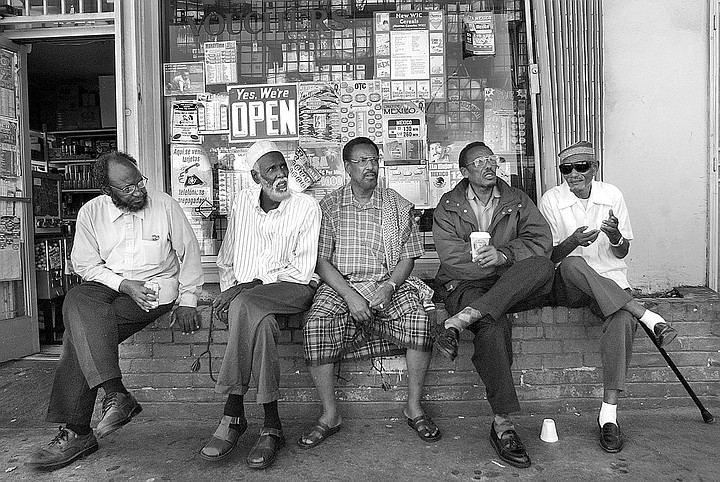
San Diego rental prices are an ongoing issue for the Somali community. Most of them reside between 54th Street and 59th Street in the University Avenue section of City Heights known as Little Mogadishu. “Typically they’re going to go where there is affordable housing, like Mid City and City Heights,” McKay said. “You’ll have Somalis settling all through that area, but more and more, families are moving to East County because of rents.”
Shari McCullough, Aug. 26, 2004 | Read full article

“Part of the procedure before praying is washing their feet in the sinks. That was another problem. This was going on in the restrooms, creating water on the floor. It was not received well by other students of other nationalities. They didn’t like that going on. We asked them if they could possibly wash their feet at home instead. We finally had to give out letters from the school, translated into Somali.”
Mary Lang, Feb. 18, 1993 | Read full article

Graffiti starts appearing on garage and apartment walls. “Oriental Boys No 1,” “Forty-Seventh Menlo Cuzz.” “Bullet Sneek 15-2.” (The 15-2 refers to the alphabet positions of O and B.) But over some of the OBS graffiti, the letters OKB have been scrawled in white chalk. “That’s the Oriental Killer Boys, mostly Lao. They’re the main enemy…. They were just Cambodian kids at high school and junior high getting beat up by the larger black, white, and Hispanic kids.”
Bill Manson, March 31, 1994 | Read full article

"The forest was flooded that day. My skirt and shirt were ripped. I had to pin them together using thorns...."
She was ten. She had run away from a Khmer Rouge labor camp, where hundreds of children, taken from their families, had to empty a lake measuring five miles around — by bucket. She suddenly remembers why. "We were emptying it to make a graveyard where they could bury us," Molly explains. "The Vietnamese came and saved us.”
Bill Manson, March 31, 1994 | Read full article
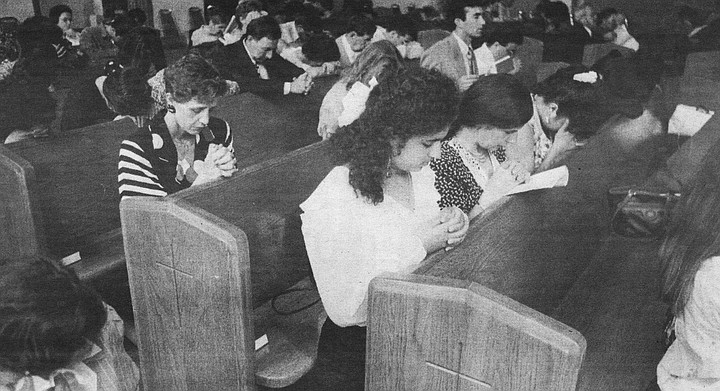
“The Palestinians built Kuwait. They built Saudi Arabia — I was there nine years; there was no Jordan until the Palestinians made it. Same with Lebanon. And look at the civil services of these countries. Their professionals, their police. We are a backbone of the entire Middle East. Yet the only country we haven’t been able to build is our own. I couldn’t even get back into my country until I could show an American passport.”
Bill Manson, Aug. 18, 1994 | Read full article
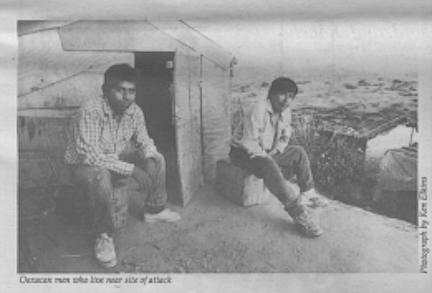
He would pull down opposing running backs but wouldn’t slam them to the turf. He would sidestep offensive linemen but wouldn't butt them head on. “He was never really aggressive,” his mother said. Mike’s soft-spoken, subdued nature possibly made him a better problem solver and mediator than head cruncher. At school, he was a member of Mt. Carmel’s Human Relations Committee, a group that tried to ease tensions and disputes between ethnic groups on campus.
Eric Eyre, Aug. 29, 1991 | Read full article
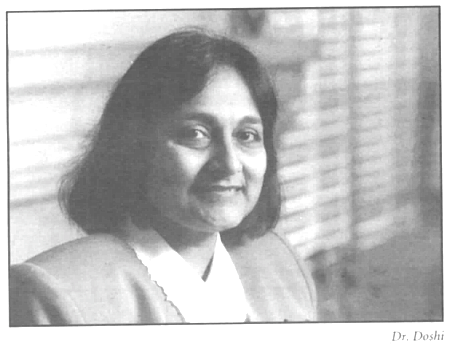
“Although there are now between 800,000 and 1 million Indians in the U.S., they are the elite. The creme de la creme of professionals. That’s changing in the New York metropolitan area with the arrival of thousands of Pakistani working-class people. But in California, Indians are completely professional, middle-class. That’s why their educational level is so high. The average American educational background in number of years is 12.5; but for Indians it’s about 18.”
Lawrence Osborne, Jan. 13, 1994 | Read full article


“One of the Russians said, ‘Treat these [Russians] and kill these [Afghans].’ The other doctor said, 'How can I do that?’ The Russian said, 'Like this!’ and he hit the doctor in the face with his rifle butt. And I saw what’s going on. I ran to my own closet, and I pulled out my pistol. I made a lunge; but when I came back, the soldiers had left. So I worked on the three Afghans.”
Bill Manson, Sept. 26, 1996 | Read full article

After the family returned to San Diego from their sojourn in Nebraska, they lived in Pacific Beach and Jim graduated from La Jolla High School. Jim says he presented himself as a Nebraskan, not an Okie, which he kept secret. He took journalism, wrote on the school paper, became a ’50s-era surfer and hot-rodder, driving a supercharged dragster. He even dated classmate Raquel Welch. “In essence,” he muses now, “I became a California Okie.”
Roxanne Dunbar-Ortiz, Jan. 15, 1998 | Read full article

“When Christianity came to Samoa in the 1800s, the people had no choice about tattoos. If you have a tattoo, all the rights you have in the church, if you’re a deacon or a lay preacher, they are dropped. You can’t be a preacher anymore unless you reapply again. I’m a deacon elder for the whole California district of the Samoan Congregational Church. I was not dropped from my position, but they gave me a warning.”
Linda Nevin, Feb. 12, 1998 | Read full article

"Although I am an American, I don't feel safe. I fear for my life sometimes. I've received threats on my cell phone toward my community and myself. Our mosque has received threats, and people have thrown eggs at it. It was unfortunate what happened to Americans and to the whole nation. All Somalis living in San Diego feel very sorry about what happened on 9/11. It has touched every one of us. We have condolence for our people, “
Robert Kumpel, Nov. 22, 2001 | Read full article

"The cultural tattoo starts from the chest, all the way down past the knees. If you really do it in the traditional way it will hurt a lot. Not a little, a lot. You can suffer from it, because you do a lot of bleeding. It's very painful, because you have a person who stretches the skin, you have a person who wipes the blood, you have a person who actually puts it under the skin.”
Shari McCullough, Aug. 5, 2004 | Read full article

San Diego rental prices are an ongoing issue for the Somali community. Most of them reside between 54th Street and 59th Street in the University Avenue section of City Heights known as Little Mogadishu. “Typically they’re going to go where there is affordable housing, like Mid City and City Heights,” McKay said. “You’ll have Somalis settling all through that area, but more and more, families are moving to East County because of rents.”
Shari McCullough, Aug. 26, 2004 | Read full article

“Part of the procedure before praying is washing their feet in the sinks. That was another problem. This was going on in the restrooms, creating water on the floor. It was not received well by other students of other nationalities. They didn’t like that going on. We asked them if they could possibly wash their feet at home instead. We finally had to give out letters from the school, translated into Somali.”
Mary Lang, Feb. 18, 1993 | Read full article

Graffiti starts appearing on garage and apartment walls. “Oriental Boys No 1,” “Forty-Seventh Menlo Cuzz.” “Bullet Sneek 15-2.” (The 15-2 refers to the alphabet positions of O and B.) But over some of the OBS graffiti, the letters OKB have been scrawled in white chalk. “That’s the Oriental Killer Boys, mostly Lao. They’re the main enemy…. They were just Cambodian kids at high school and junior high getting beat up by the larger black, white, and Hispanic kids.”
Bill Manson, March 31, 1994 | Read full article

"The forest was flooded that day. My skirt and shirt were ripped. I had to pin them together using thorns...."
She was ten. She had run away from a Khmer Rouge labor camp, where hundreds of children, taken from their families, had to empty a lake measuring five miles around — by bucket. She suddenly remembers why. "We were emptying it to make a graveyard where they could bury us," Molly explains. "The Vietnamese came and saved us.”
Bill Manson, March 31, 1994 | Read full article

“The Palestinians built Kuwait. They built Saudi Arabia — I was there nine years; there was no Jordan until the Palestinians made it. Same with Lebanon. And look at the civil services of these countries. Their professionals, their police. We are a backbone of the entire Middle East. Yet the only country we haven’t been able to build is our own. I couldn’t even get back into my country until I could show an American passport.”
Bill Manson, Aug. 18, 1994 | Read full article

He would pull down opposing running backs but wouldn’t slam them to the turf. He would sidestep offensive linemen but wouldn't butt them head on. “He was never really aggressive,” his mother said. Mike’s soft-spoken, subdued nature possibly made him a better problem solver and mediator than head cruncher. At school, he was a member of Mt. Carmel’s Human Relations Committee, a group that tried to ease tensions and disputes between ethnic groups on campus.
Eric Eyre, Aug. 29, 1991 | Read full article

“Although there are now between 800,000 and 1 million Indians in the U.S., they are the elite. The creme de la creme of professionals. That’s changing in the New York metropolitan area with the arrival of thousands of Pakistani working-class people. But in California, Indians are completely professional, middle-class. That’s why their educational level is so high. The average American educational background in number of years is 12.5; but for Indians it’s about 18.”
Lawrence Osborne, Jan. 13, 1994 | Read full article
Comments